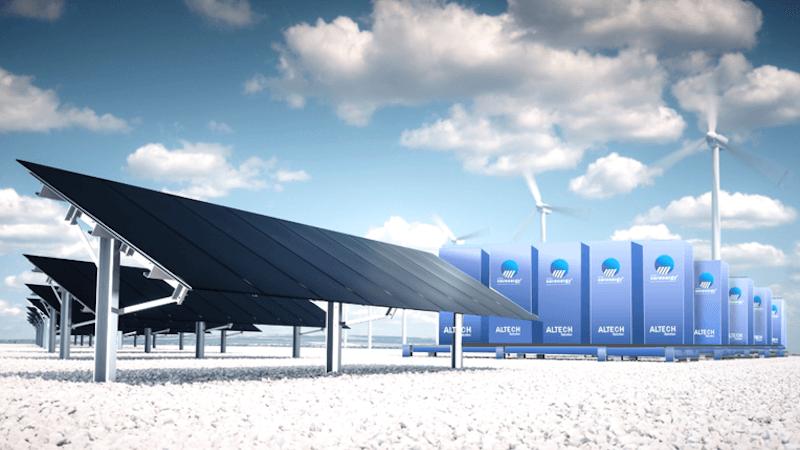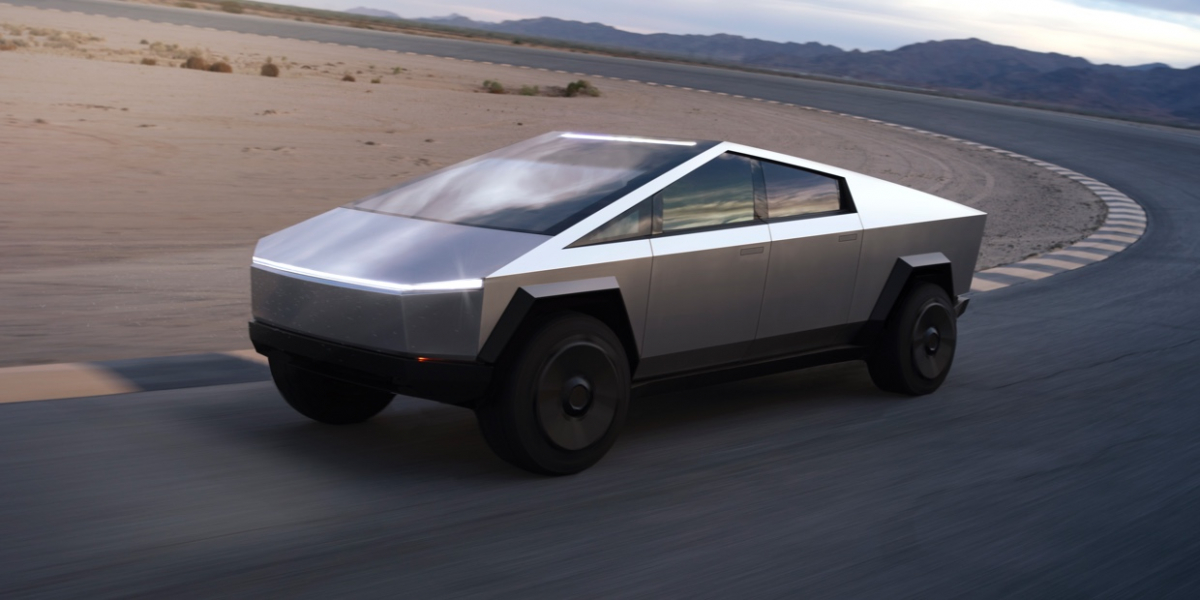This battery consists mainly of salt
Researchers from the Fraunhofer Institute have succeeded in developing a new type of battery based on salt. The energy storage is apparently even ready for mass production.
The energy transition poses numerous challenges. On the one hand, the expansion of wind turbines and solar systems remains an essential part of a green future. On the other hand, solutions must be found to store excess electricity in the short and medium term. Because the sun doesn’t always shine and energy is needed even on windless days.
However, classic lithium-ion batteries are not considered ideal energy storage devices. They can be used optimally in small devices. However, scaling on a larger scale seems difficult to implement. Research institutions have therefore been experimenting with other materials, such as carbon dioxide or bricks, for a long time.
Salt battery is made of easily obtainable materials
one Team of the Fraunhofer Institute for Ceramic Technologies and Systems (IKTS) a breakthrough has now been achieved. They developed an energy store based on common salt that is widely available. As part of a collaboration with the technology company Altech, the energy storage device will soon go into mass production.
In addition to the sodium chloride contained in table salt, nickel also plays a crucial role. The nickel components are said to come from recycled sources, while the remaining components are easily sourced in Europe. This should lead to independence from other countries. For example, China has a large proportion of rare earths, which are required for the production of classic batteries.
Many advantages compared to classic batteries
The first pilot plant is located in Dresden. In addition to the availability of the materials, the salt battery has other advantages. According to the researchers, it is cheaper than a lithium-ion battery, non-flammable and should also have a longer service life. In turn, no rare earths are required for production.
The battery also works independently of the temperature. For example, usage scenarios at minus ten degrees Celsius as well as at plus 40 degrees are conceivable. However, the system has one disadvantage: It is relatively heavy and is not suitable for application scenarios such as in electric cars.
Also interesting:



